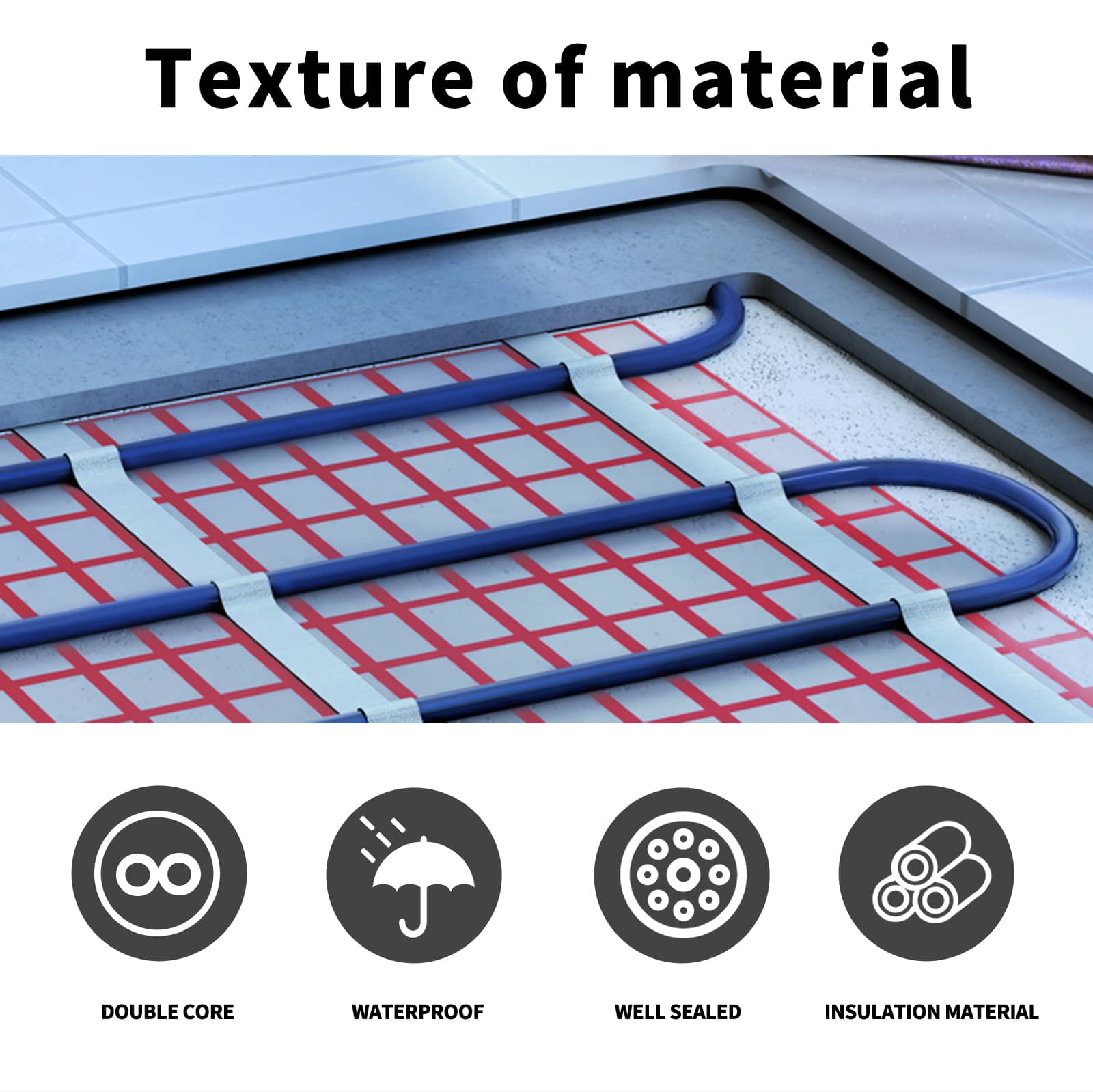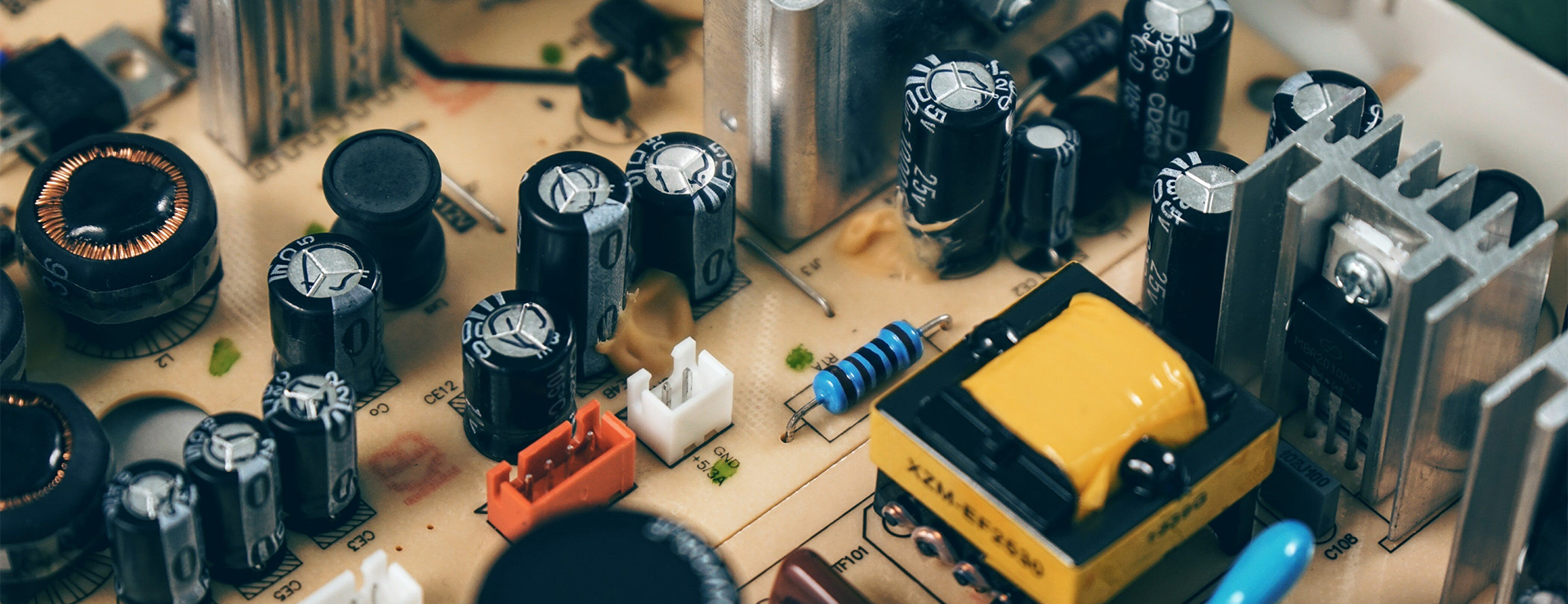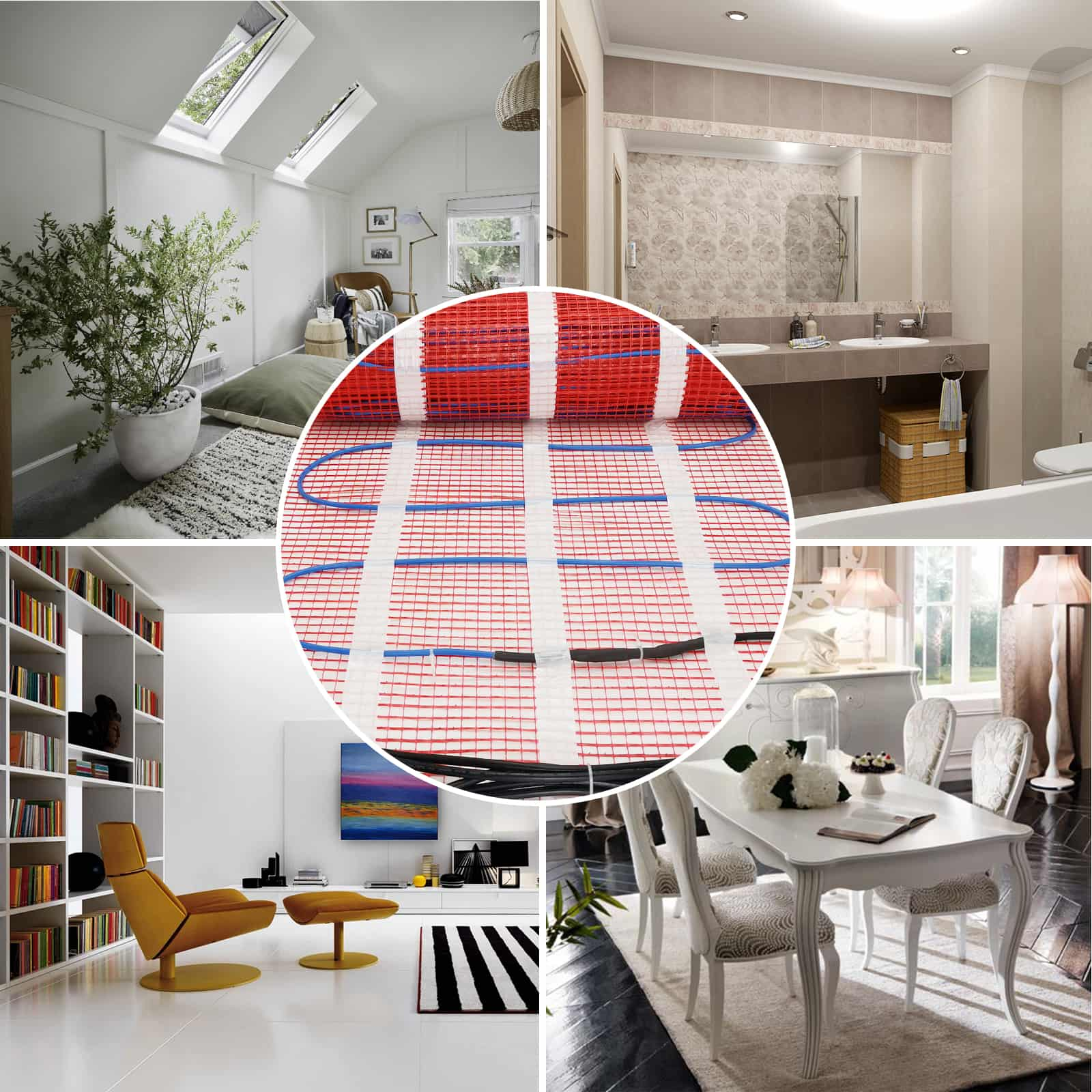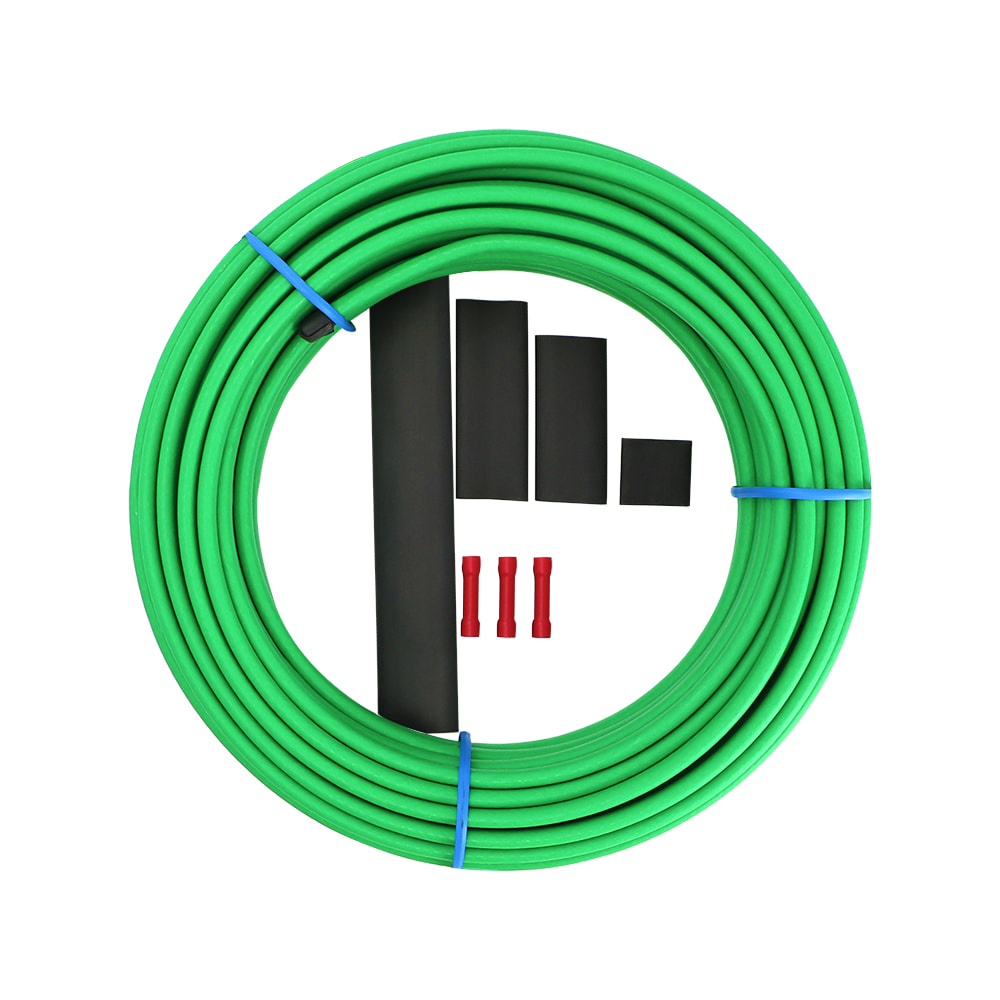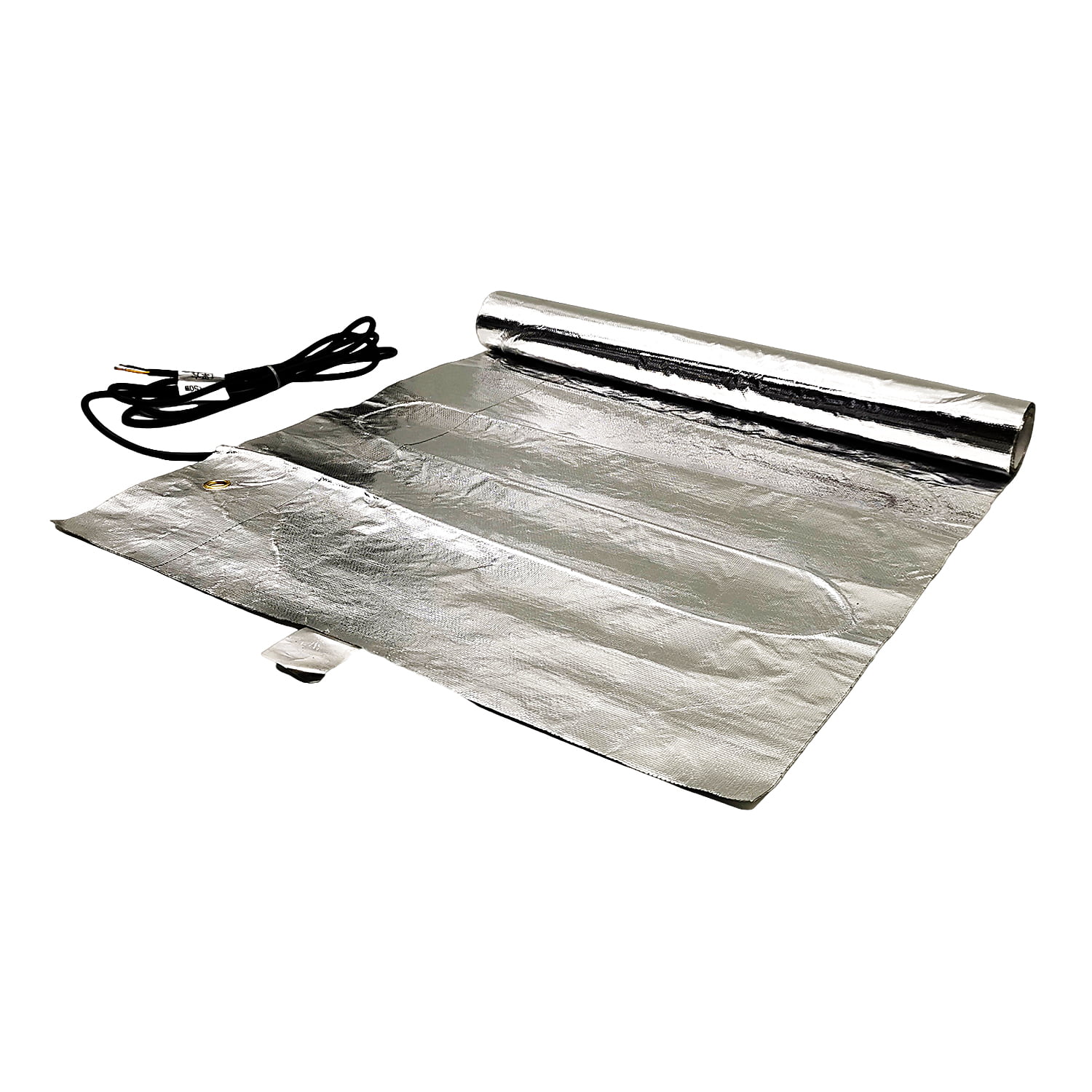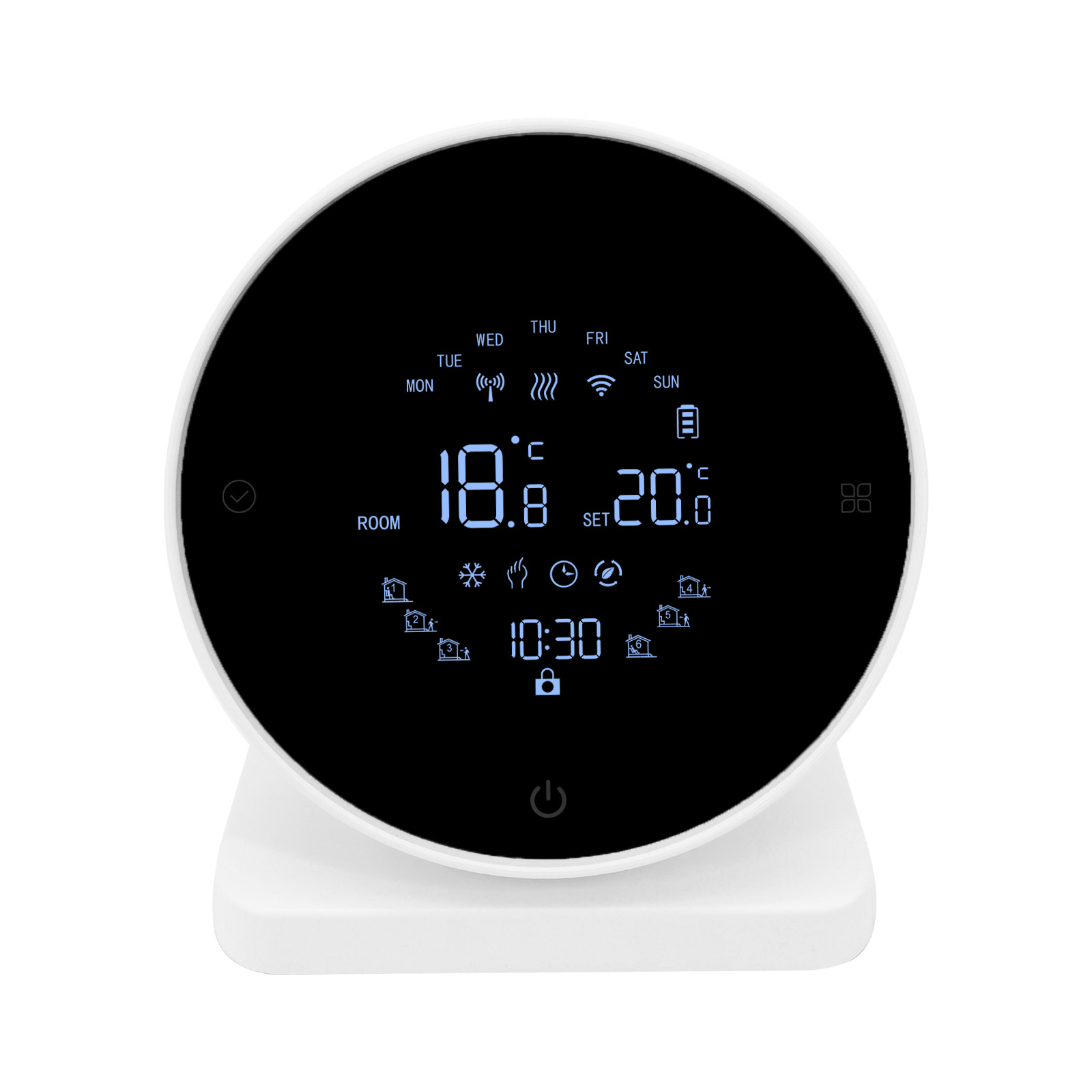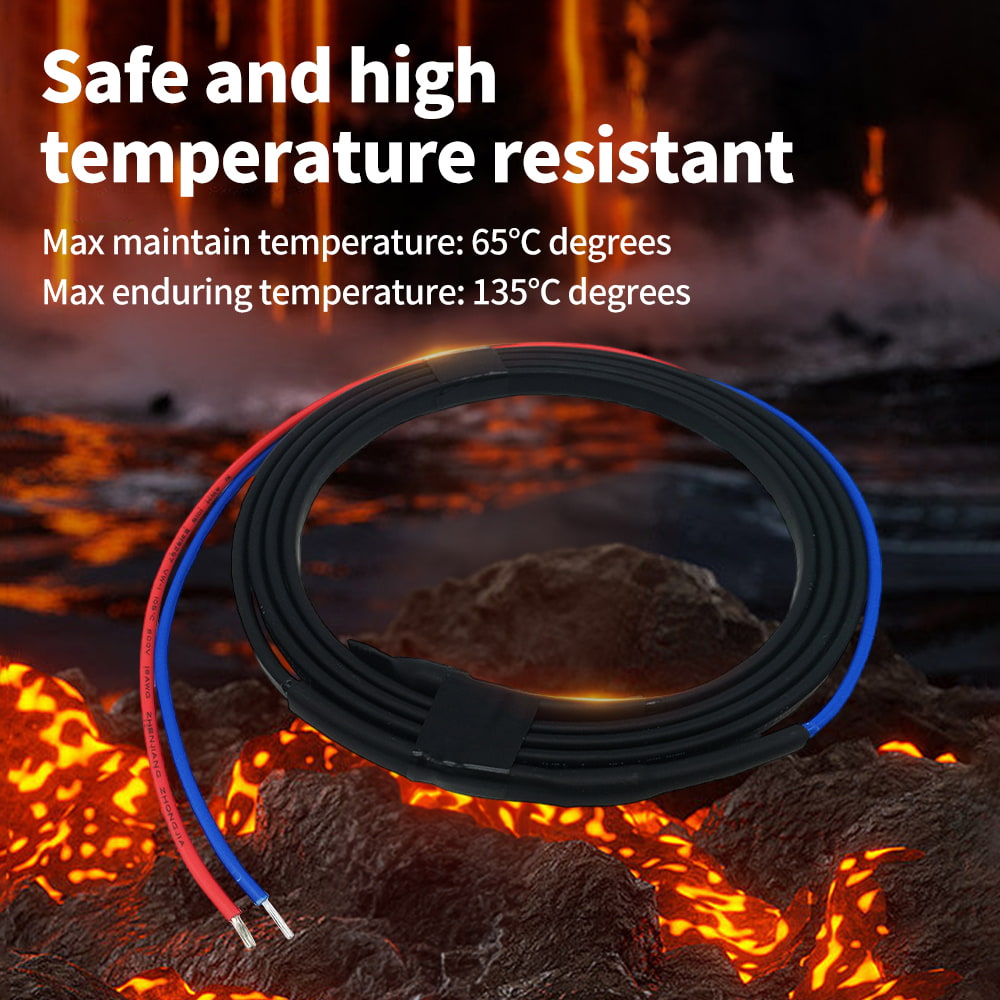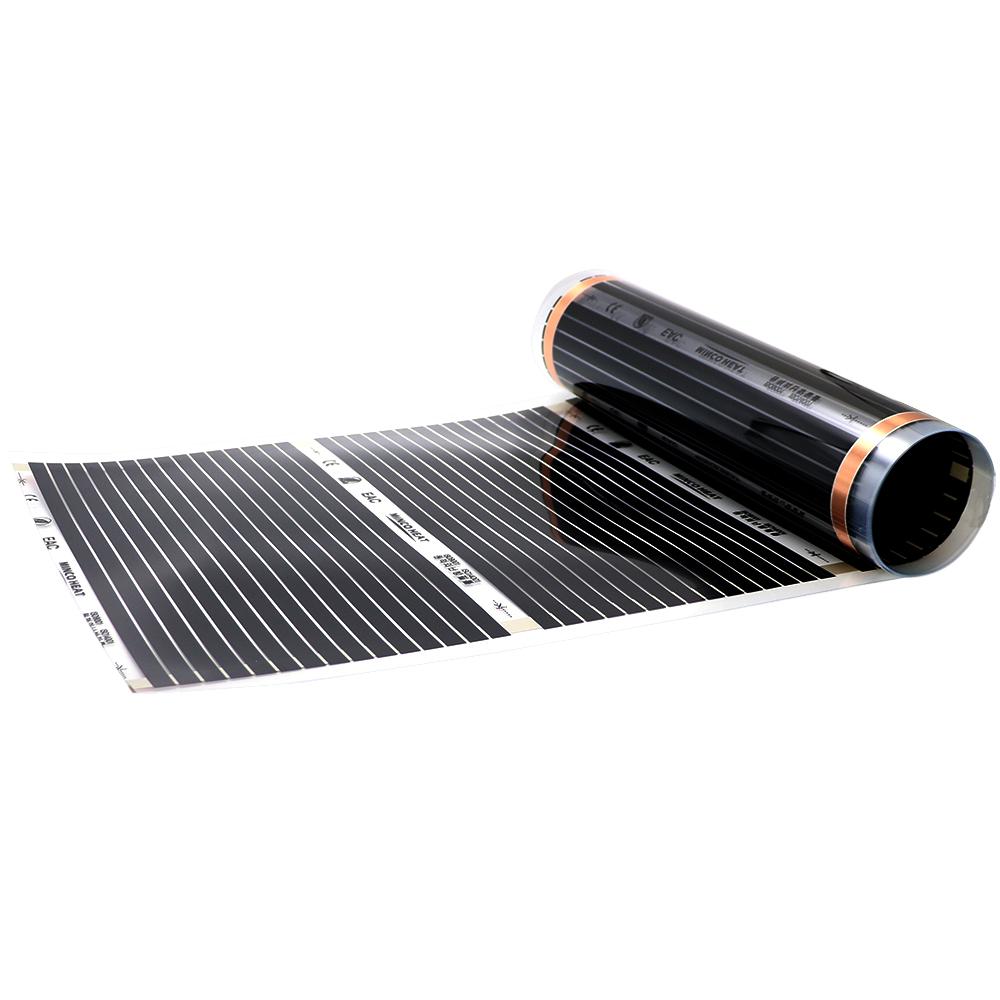What are the possible reasons for the non-compliance of temperature uniformity in heating cables
The temperature uniformity of the heating cable does not meet the standard, and the core reasons are concentrated in three categories: laying process deviation, heat transfer obstacles, and environmental interference. Specific investigations can be conducted from the following dimensions.
1、 Laying process deviation: uneven spacing or improper fixation leading to imbalanced heat distribution
This is the most common reason, as the heating cable layout during construction does not comply with regulations, directly causing differences in local heating density.
1.The cable spacing is severely uneven
- Phenomenon: Some areas have dense cables, while others are too sparse, resulting in heat accumulation in dense areas and insufficient heat in sparse areas, leading to temperature differences.
- Typical scenario: During ground heating, it is difficult to lay cables in corners or around pipelines, which can lead to cable bundling; During pipeline insulation, the spiral winding spacing fluctuates between widths and narrows.
2.Cable bending or overlapping causes local overheating
- Phenomenon: The bending radius of the cable is too small, or there is cross overlap, and the heat dissipation at the bending/overlapping area is blocked, resulting in a temperature that is more than 5 ℃ higher than the normal area.
- Risk point: The overlapping area not only has a large temperature difference, but may also accelerate the aging of the insulation layer due to long-term high temperature.
3.Loose fixation leads to cable displacement
- Phenomenon: After construction, specialized clamps (such as stainless steel clamps) are not used to fix the cables, or the spacing between fixing points is too large (such as horizontal laying>50cm), causing the cables to sag or shift due to their own weight, disrupting the originally uniform spacing (such as cables sliding to one side during ground heating).
2、 Heat transfer barriers: insulation/insulation layer failure or uneven thermal resistance
Heat cannot be evenly transferred to the controlled object (ground, pipeline), and even if the cable is laid evenly, temperature differences may occur due to problems in the heat transfer process.
1.Damaged insulation layer, loose splicing or uneven thickness
- Ground heating scenario: The insulation layer (such as extruded polystyrene board) has cracks, the joints are not sealed with tape, or the local thickness is insufficient (such as 20mm in design, only 10mm in reality), heat is lost from the damaged/thin areas, and the corresponding temperature in the area is low (such as leakage in the insulation layer of the wall corner, and the temperature in the corner is 4 ℃ lower than the center).
- Pipeline insulation scenario: Insulation cotton (such as rock wool) is not tightly wrapped around the pipeline, or there are gaps at the joints, causing local heat dissipation to be too fast due to the infiltration of cold air, resulting in uneven surface temperature of the pipeline.
2.Construction defects in the filling layer (ground heating)
- Phenomenon: Uneven thickness of cement mortar filling layer (such as 50mm in design, only 30mm in some areas), or failure to cure as required (such as insufficient curing period and power on), resulting in cracking of the filling layer, rapid heat dissipation through the cracks, and low temperature in the corresponding area.
- Another scenario: Impurities (such as too many stones) are mixed into the filling layer, resulting in a decrease in thermal conductivity efficiency and the formation of local "thermal barriers" that prevent temperature rise.
3.The surface of the controlled object is uneven
- When insulating pipelines, there may be rust, protrusions or depressions on the surface of the pipeline, and the heating cables cannot be tightly attached (such as cables hanging in the raised area). The heat transfer efficiency in the suspended area is low, and the temperature is 3 ℃~5 ℃ lower than that at the attached area.
3、 Environmental interference: External factors causing local heat loss or accumulation
External environmental disturbances such as temperature and airflow disrupt the heat balance and cause local temperature differences.
1.Close to heat or cold sources
- Phenomenon: The heating area is close to the air conditioning outlet, windows (where cold air infiltrates in winter), radiators, etc., and the heat at the cold source is taken away, resulting in a lower temperature; Near other heat sources (such as kitchen stoves), the local temperature is relatively high.
- Typical scenario: During ground heating, without additional insulation treatment under the window, cold air seeps in through the window gaps, causing the temperature in the area under the window to be 4 ℃~5 ℃ lower than the center of the room.
2.Airflow interference
- Phenomenon: There is strong airflow in the heating area (such as exhaust fans in industrial workshops or floor to ceiling fans in households), which accelerates local heat dissipation and leads to lower temperatures in the corresponding area (such as the ground area facing the fan, where the temperature is 3 ℃ lower than the area facing away).
3.Influence of load-bearing or covering materials
- Phenomenon: The ground heating area is partially covered by heavy objects (such as large furniture and carpets), and the heat in the covered area cannot be dissipated, resulting in a higher temperature (more than 4 ℃ higher than the uncovered area); Or local long-term compression (such as frequent walking channels), compaction of the filling layer leads to a decrease in thermal conductivity efficiency and low temperature.
